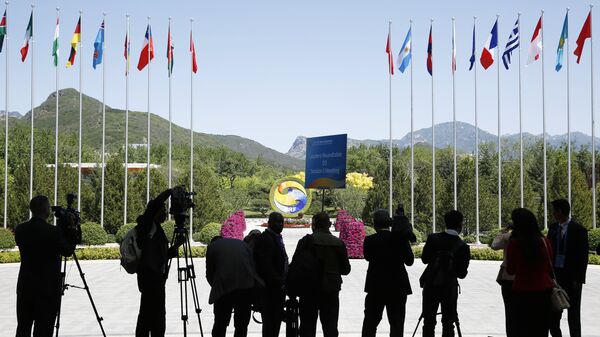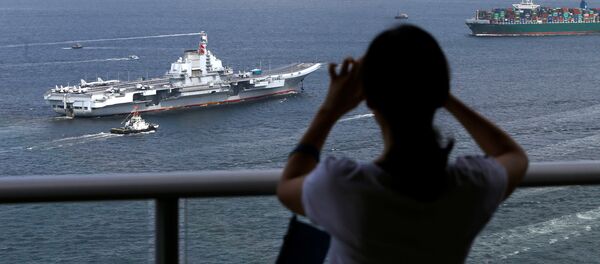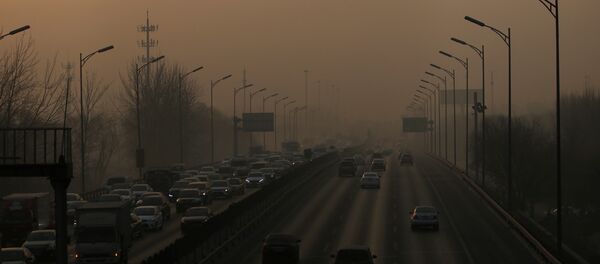A 2010 census placed Beijing’s population at 19.6 million. The number of residents in the massive capital grew to 21.7 million by 2016.
The Central Committee of the Chinese Communist Party and the State Council issued a new decree on Wednesday calling on the city of Beijing to “strictly control the city’s scale.” The creation of an ecological protection zone and new rules slowing the development of urban sprawl were also included as part of the Communist Party and State Council’s “red lines” the city is not allowed to cross, according to the statement.
The capital city’s “four centers” – national politics, culture, international communications, and science and technology – are areas the State Council would like Beijing to continue to “strengthen.” To do this, the city can start by “focusing on the sectors including science and technology, finance, cultural and creative services, integrated circuits, new energy, and other high-tech and emerging industries.”
“The construction land in the city should be reduced to about 2,860 square kilometers by 2020 and 2,760 square kilometers by 2035,” the statement said.
Critics argue that some of the new projects essentially amount to gentrification. To achieve population targets, Beijing is “getting rid of those people who are not welcome, or to be more specific, those non-local people who are labelled as ‘the lower class’ by some Chinese experts,” the Diplomat’s Charlotte Gao wrote.
In 2013, the State Council set a five-year air quality goal to cut fine particulate matter levels 25 percent for areas in North China, including Beijing. While air quality improved for the first four years after the target was set, in 2017 the trend has reversed and the Beijing region is now no longer expected to meet the State Council’s goals. Officials have pointed to “unfavorable weather conditions” as one of the main reasons for rising particulate matter levels.




